Light and shadows
In a science lesson this week we investigated light and shadows. First, we used DT skills to create a footballer out of foil. This required problem solving and resilience!


We then used torches to explore what happened to the shadows when we moved the light source closer and then further away from the model.


Finally, we went outside to see create footballing shadows using with the sun as the light source.


A Moroccan Feast
Year 6 are back in the kitchen this half term and our first dish was falafel, hummus and flatbread.
We used chopping skills to get the onion and garlic ready.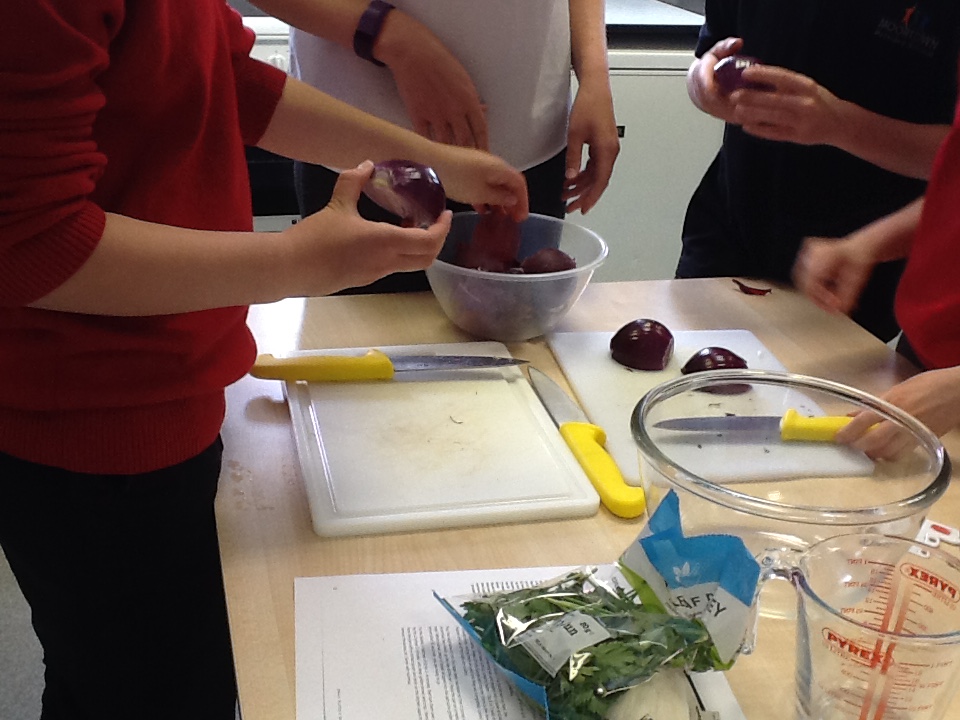
We create breadcrumbs to coat the outside of the falafels.
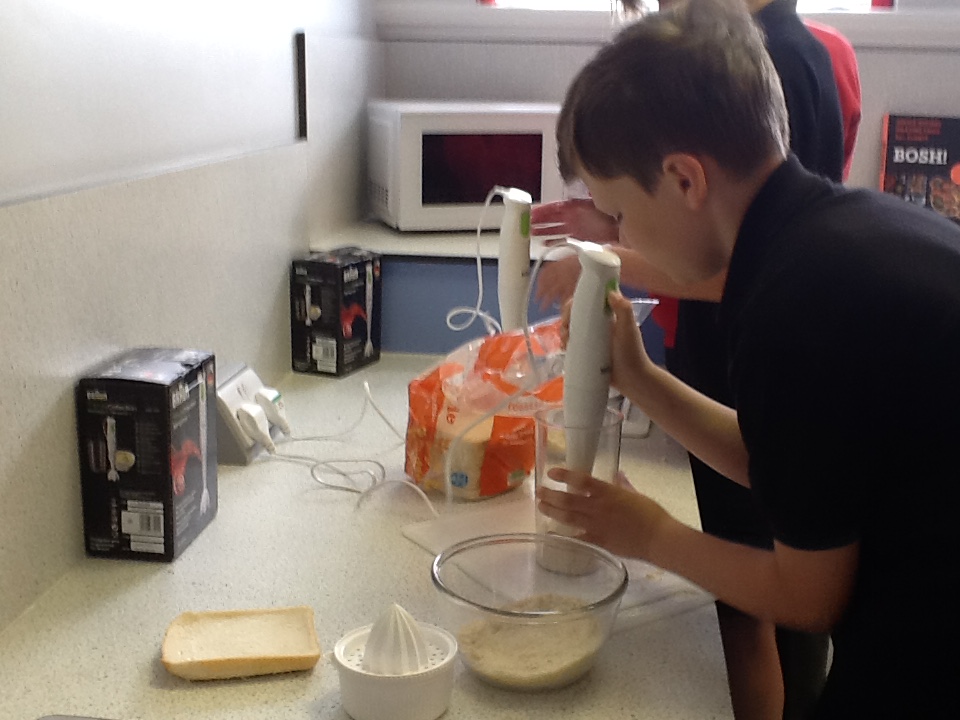
A group of us were in charge of preparing the flatbread which are made simply of plain flour, butter, coconut milk and a pinch of salt.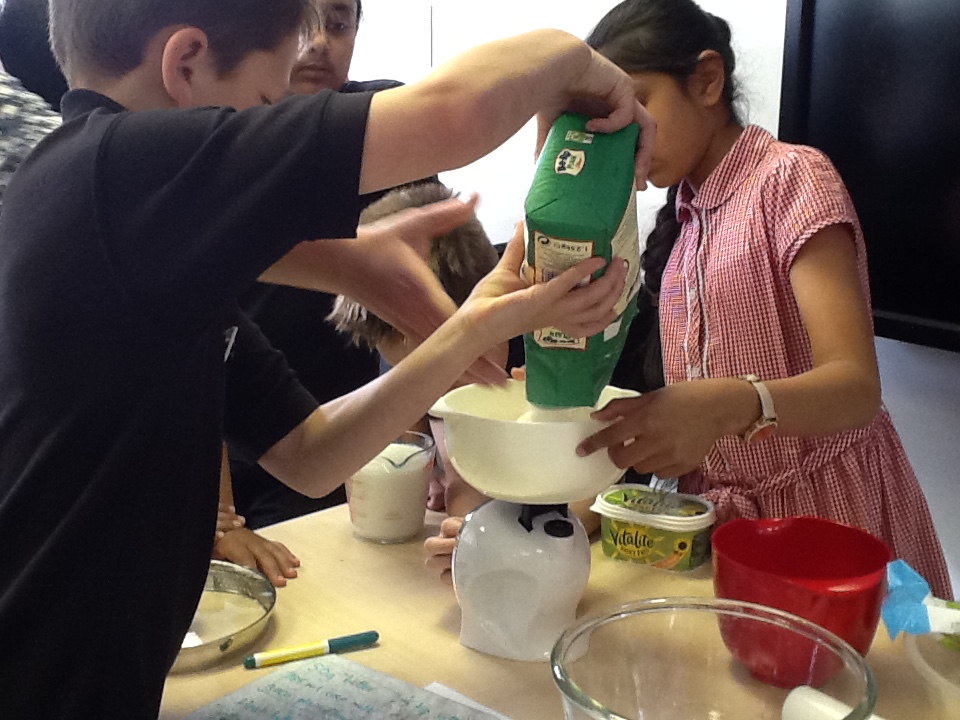
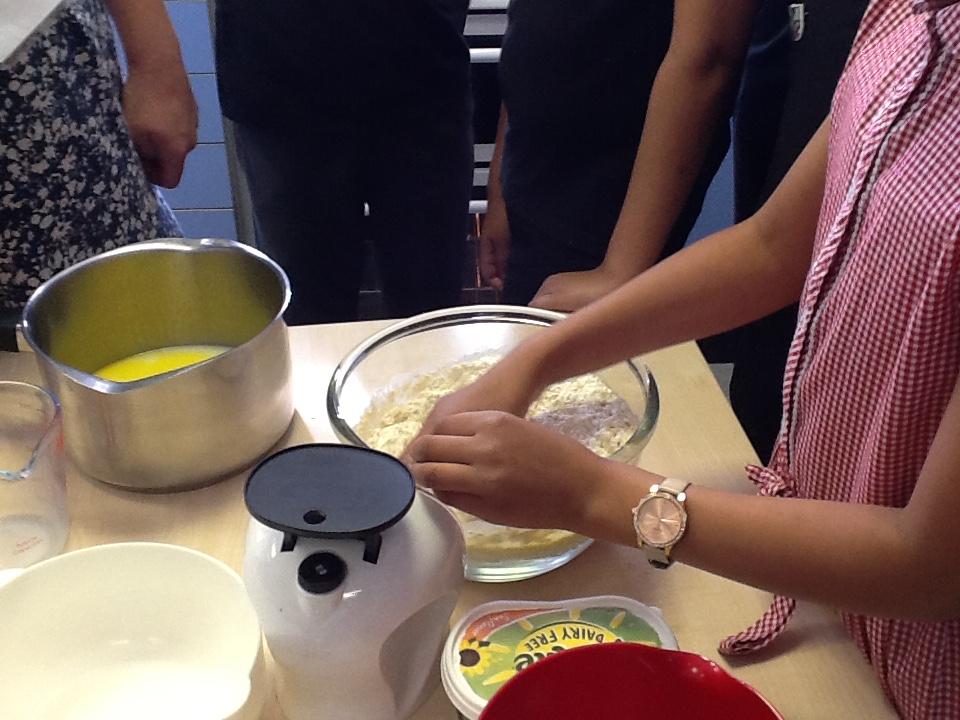
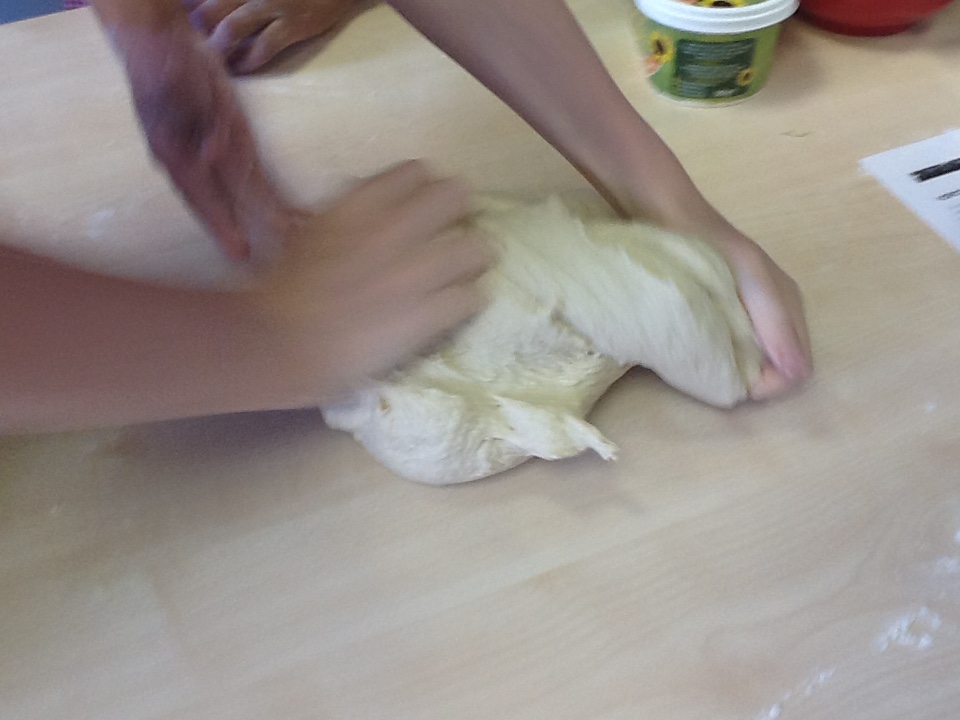 For the falafel, we whizzed our onion, garlic and chickpea together using a hand blender.
For the falafel, we whizzed our onion, garlic and chickpea together using a hand blender.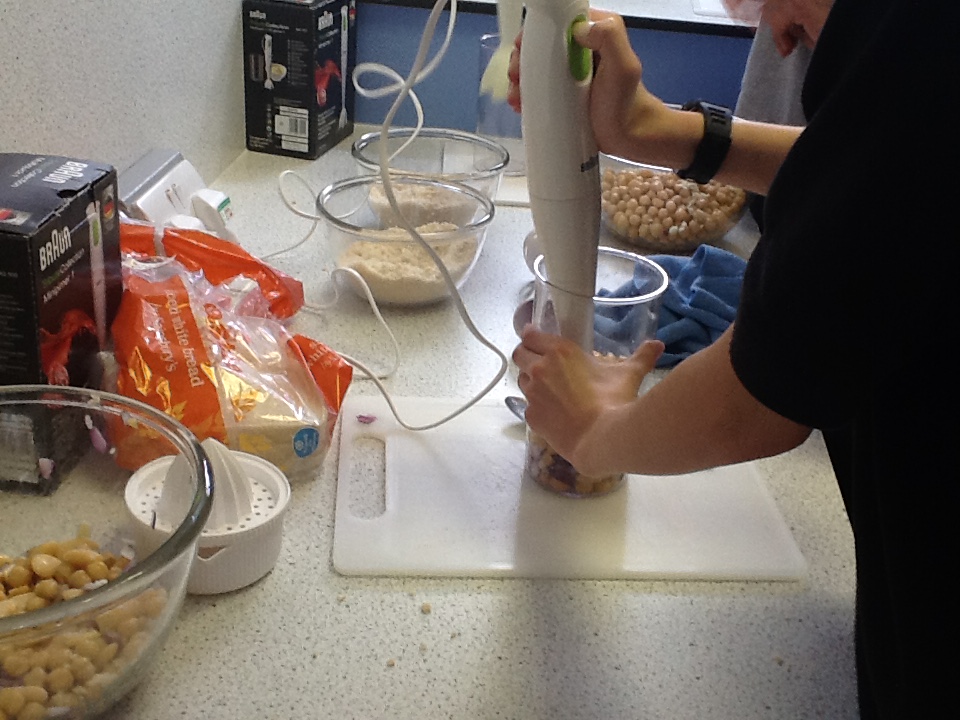
Then, we added parsley, coriander, lemon juice, cumin, a pinch of salt, plain fllour and some harissa paste and whizzed it again.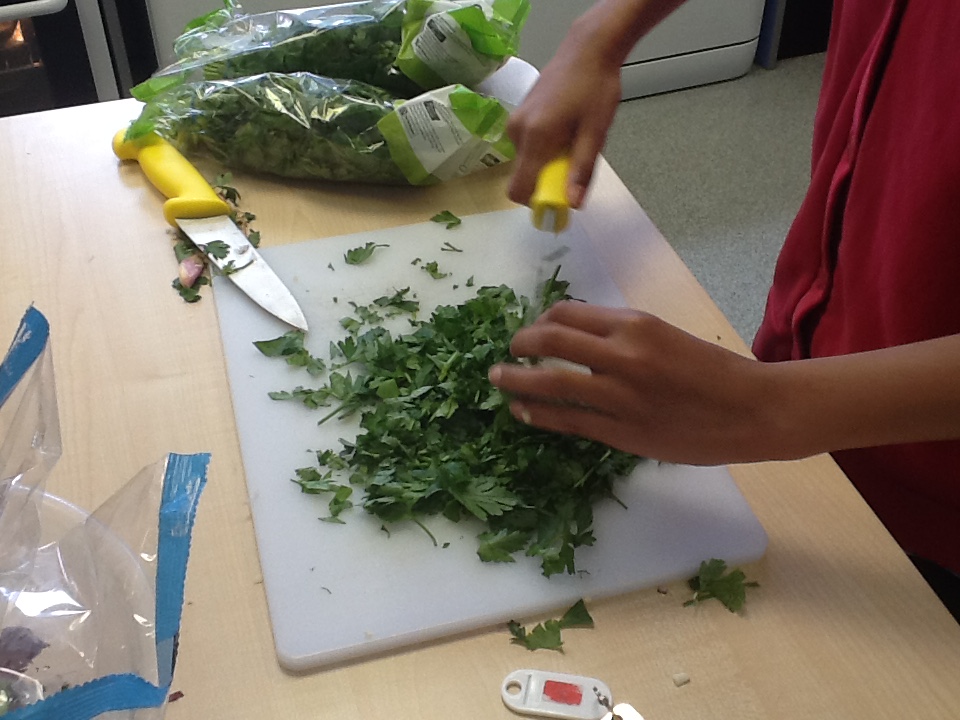
Then, it was time to get our hands in there to make the falafel balls, coats them in breadcrumbs and place them on the baking trays.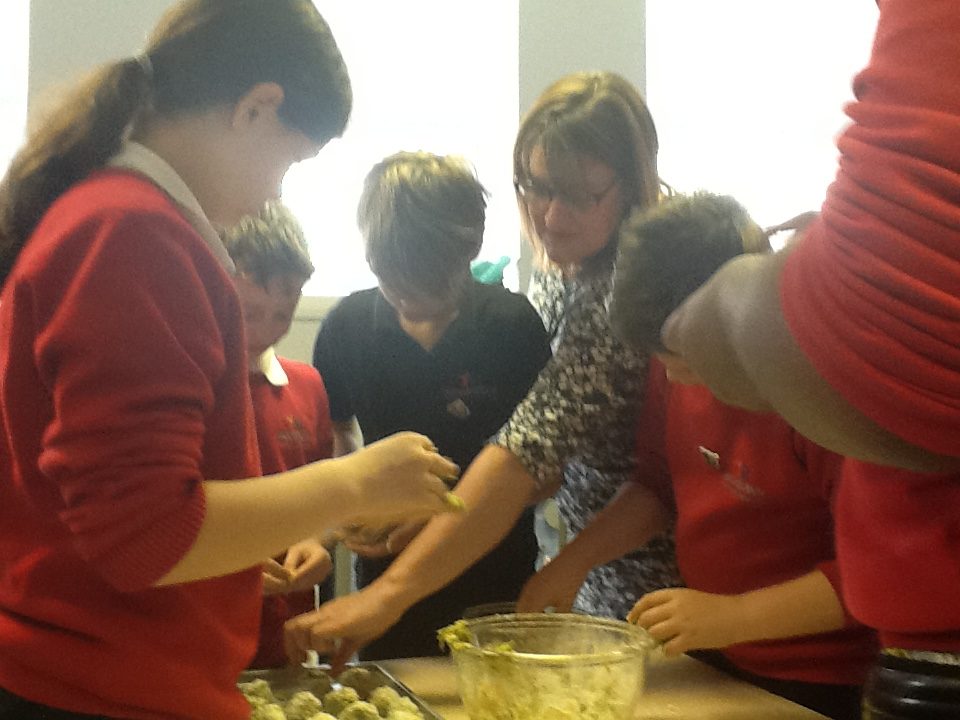
We then tried it altogether along with our homemade hummus: classic, sun-dried tomoato flavour and olive flavour. The sun-dried tomato hummus was a favourite with the olive a close second.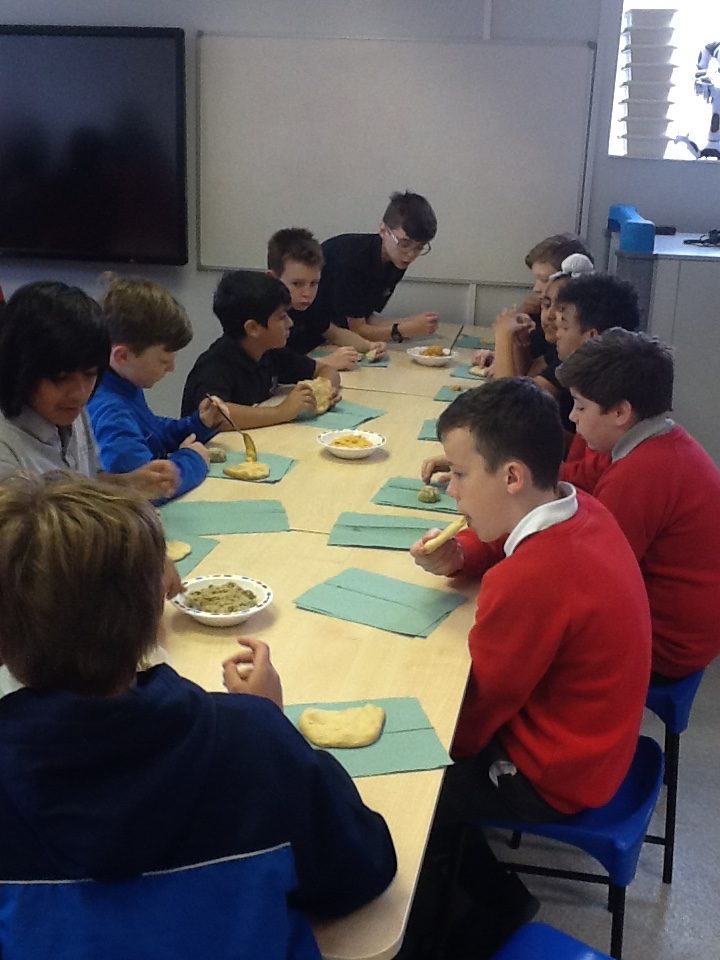
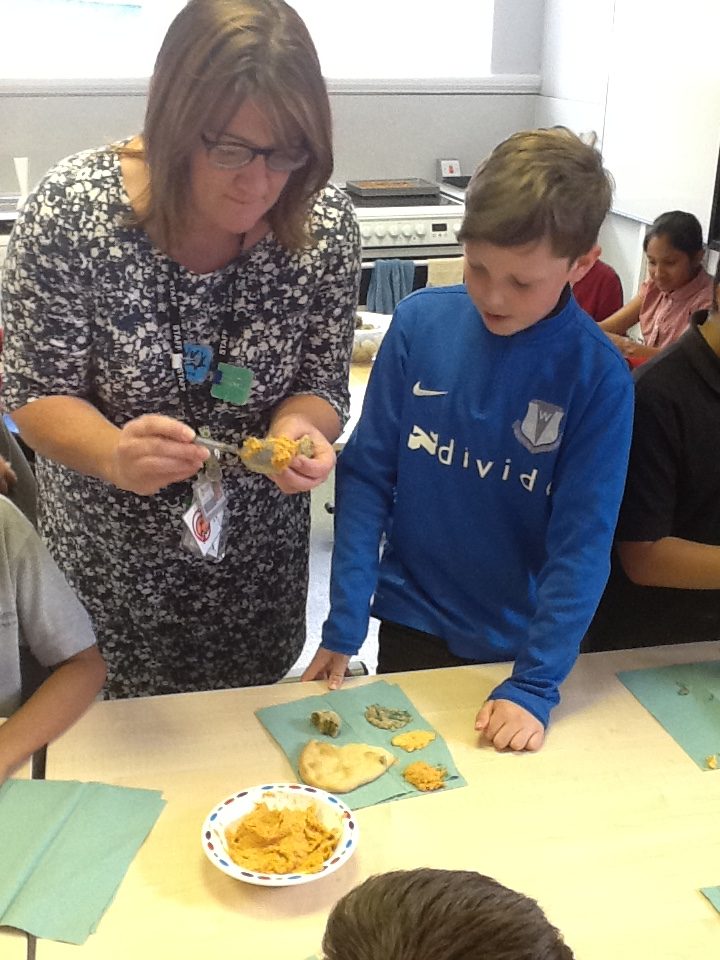
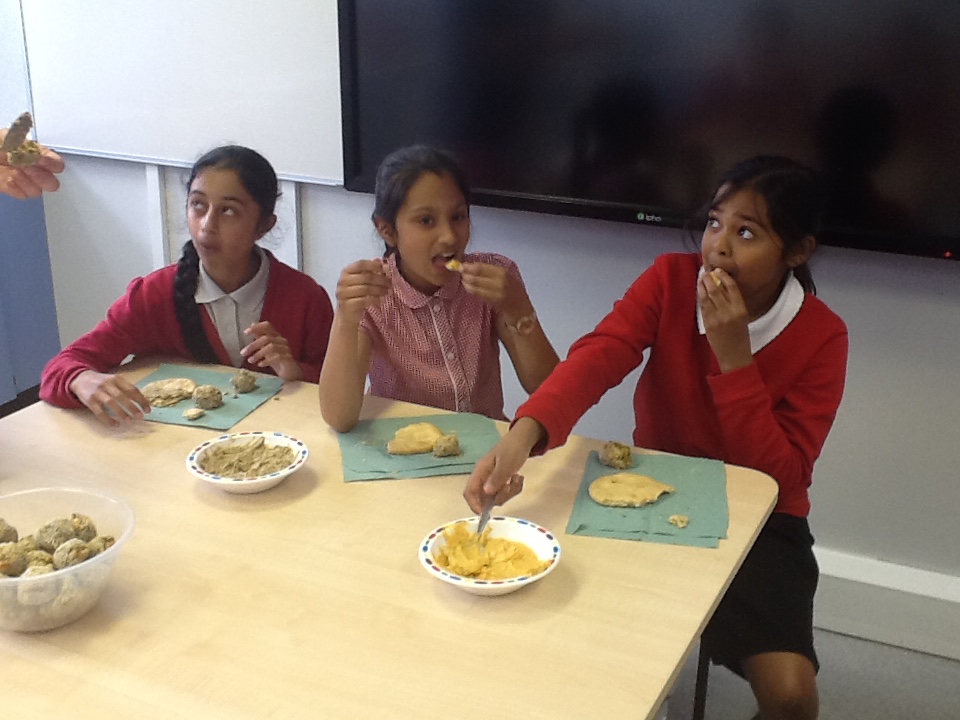
If you want to make some flavoured hummus at home, it’s really simple. Place all of the following ingredients into a bowl and blend. (You can use a nutri-bullet too.)
Sun-dried tomato hummus
- tin of chickpeas
- 1 clove of garlic
- 2 tbsp lemon
- a pinch of salt
- 5 sun-dried tomatoes
- 2 tbsps of the oil from the sun-dried tomato
Olive tapenade hummus
- tin of chickpeas
- 1 clove of garlic
- 2 tbsp lemon
- a pinch of salt
- 50g black olives
- 2 tbsps of pil
World Cup fever
This half term, our topic is the World Cup and we’ve included some geography, maths and reading learning so far.
The children have told us what they want to learn about so we will be guiding the topic to their interests.
- What does the World Cup look like?
- How many players are there on a team?
- Can we do some art from the different countries?
- What are the different flags?
- Who has won before?
- What countries are playing?
- How does football work?
- Who is going to win?
- How heavy is the World Cup?
Each child has their own country (selected at random) and we will be watching the results carefully to see who progresses through the competition. Ask your child what country they selected and what continent it is in. They could show you how to search for this information if they need to check.
New Super Movers
It’s great to hear that some of the class have been using the Super Movers videos at home.
Here’s a new video to try all about telling the time, perfectly timed as this is our current maths learning.
Taken from the end of Year 2 expectations, here are the time related objectives we are learning.
- compare and sequence intervals of time
- tell the time to five minutes, including quarter past/to the hour
- write the time to five minutes, including quarter past/to the hour and draw the hands on a clock face to show these times
- know the number of minutes in an hour and the number of hours in a day
To support this at home, encourage your child to have a go at telling the time at different points in the day.
Sports day 2018
This year’s sports day will take place, during our Being Healthy themed week, on Tuesday 03 July 2018, at Roundhegians Rugby Club.
Key Stage 2 events will take place at 9.30am and Reception and Key Stage 1 at 1.30pm. Children will be walking to the field, escorted by adults. We will require additional adult helpers so please let the office know if you can help with this.
If weather conditions mean we have to change the date, the reserve date is Tuesday 17 July.
The format of this year’s event will be competitive races and field events with children having the opportunity to compete for medals. However, all children will be rewarded for taking part.
Our teams will be: green, blue, white and red. If possible, please could your child wear a t-shirt to wear to match their team colour. Pupils may wear PE kit for the whole day.
As we are off site, please could you provide your child with a carrier bag to sit on. If you are coming to spectate, you are welcome to bring rugs or chairs to sit on.
Please could you ensure your child has their water bottle and a cap/hat at school; it would also be useful if you could apply sun cream before your child comes to school.
Normal lunch time and end of school collection arrangements will still apply on this day.
In the event of bad weather, updates will be sent via Twitter and posted on the website.
Your support is valued to make the event memorable and we hope you are able to come and cheer your child on at sports day.
Reception’s got visitors…
Meet the newest members of Reception! This week, we’ve been getting to know our new class pets. The children have enjoyed observing, holding and investigating these intriguing creatures – stick insects!
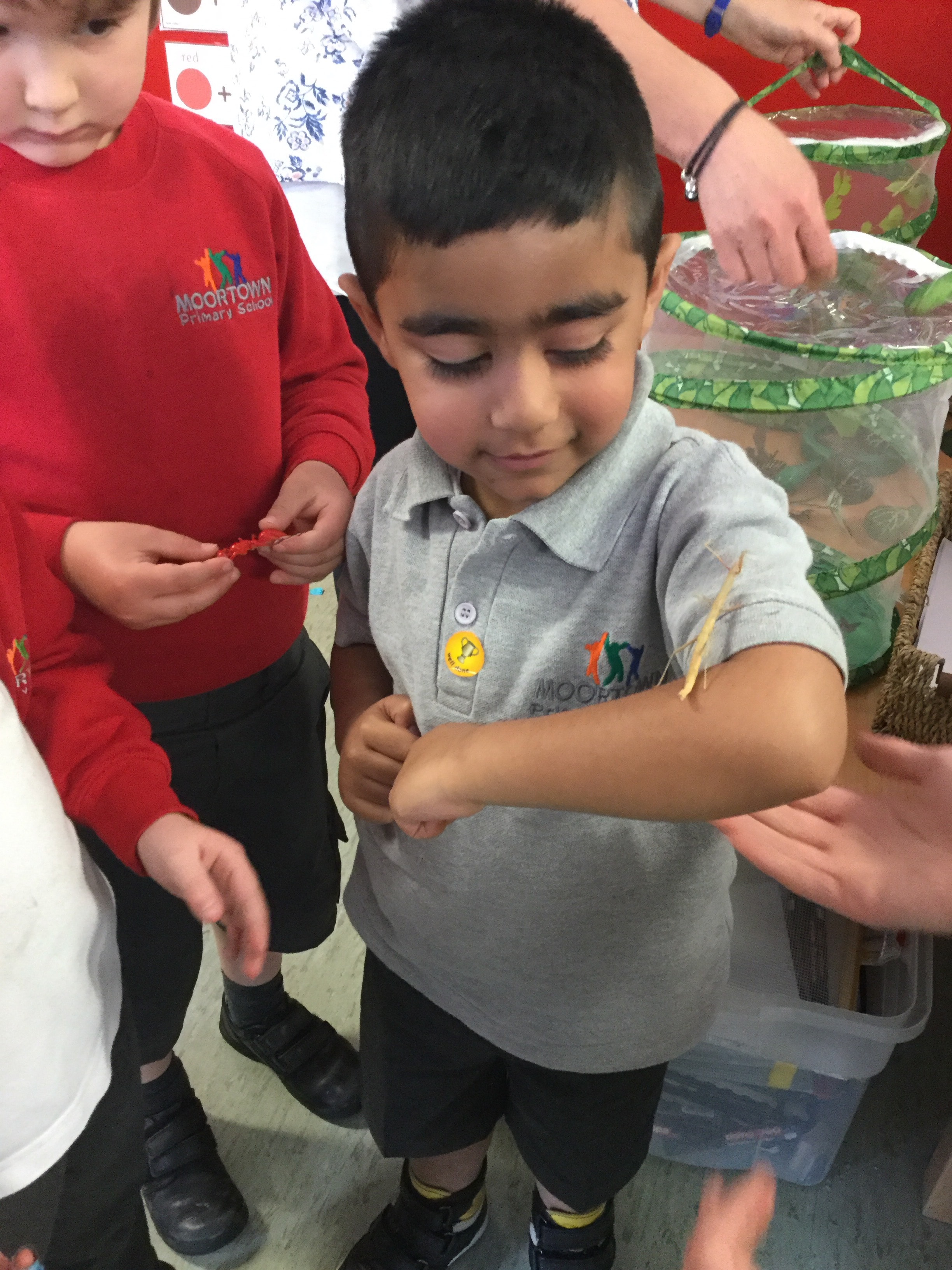
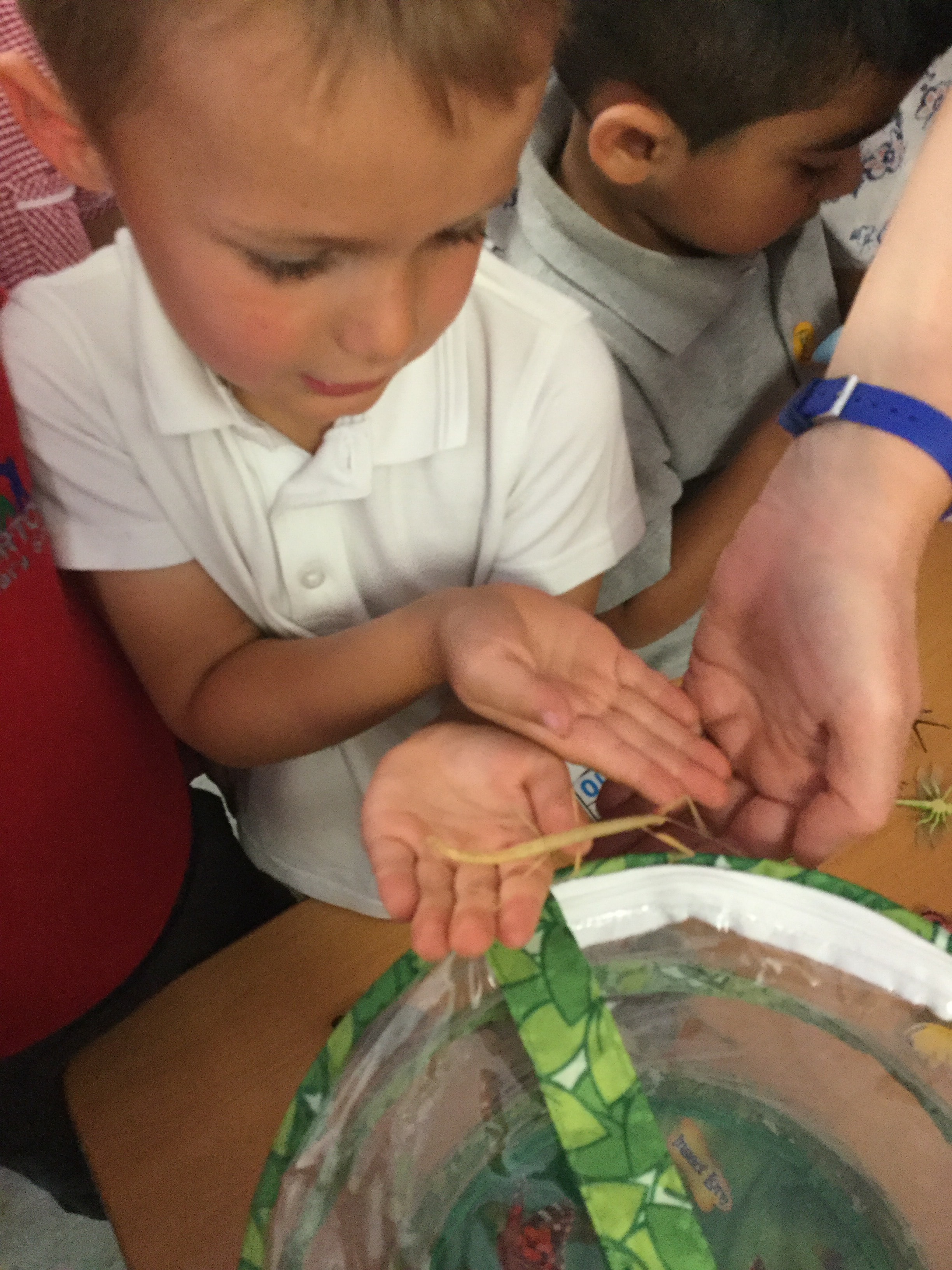


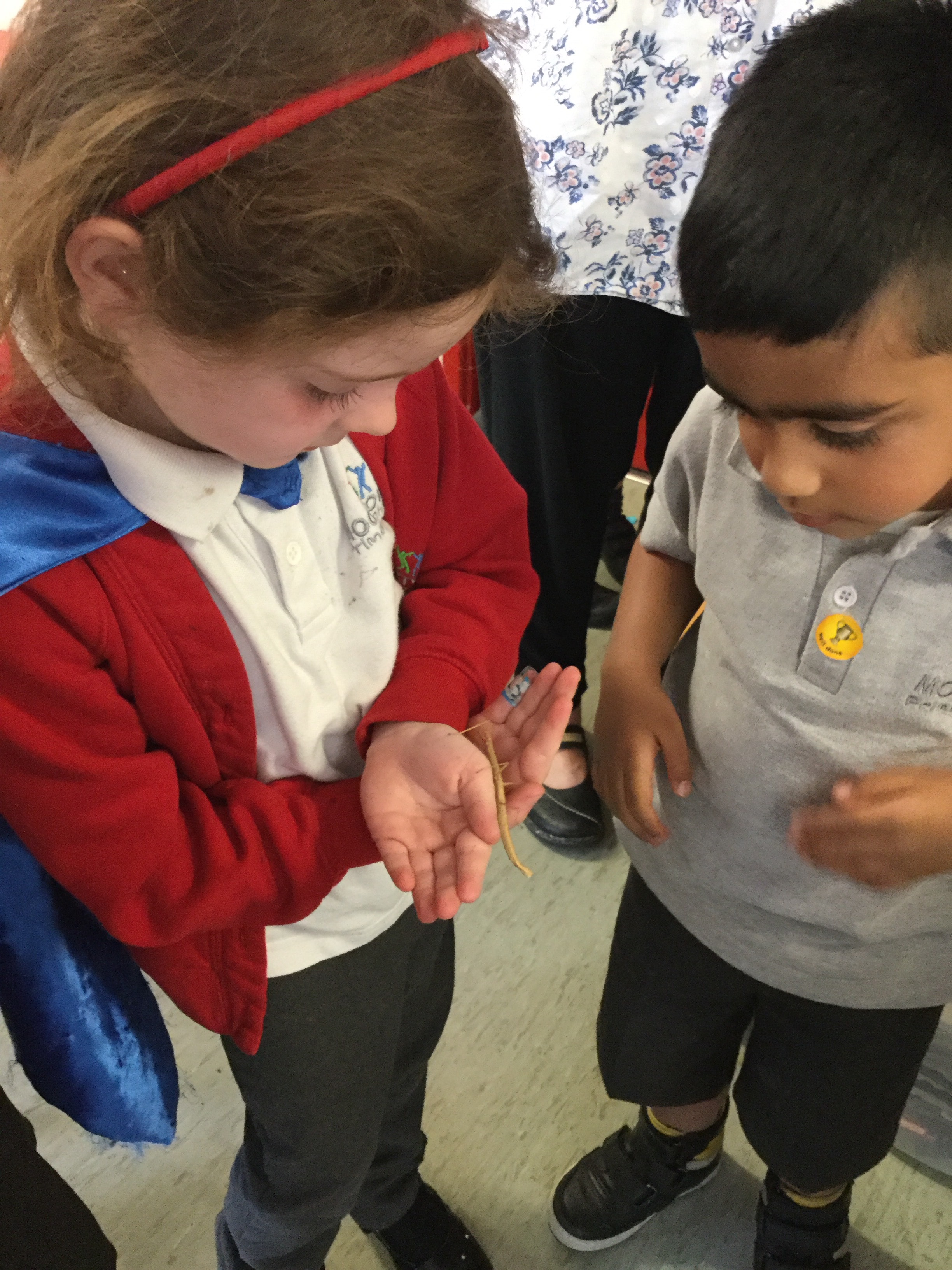
Talk to your child about stick insects and other minibeasts.
Sacred Scarabs
Studying Ancient Egypt is proving to be a very fascinating and exciting topic. Today, we looked closely at Scarab beetles and why they were sacred to the Egyptians.
The ancient Egyptians used symbols in their art and religion. One symbol was that of the common scarab bug, a beetle found all over ancient Egypt. The scarab bug symbolized the restoration of life.
The scarab was a popular design for good luck charms, for seals used to stamp documents, and for jewellery made from clay or precious gems.
The rich colors used in the scarab design had meaning.
Red signified the god, Ra. Touches of yellow were used to symbolize the sun and the desert. Blue symbolized the Nile and green was the symbol for growth.
Why do scarab beetles push around balls of dung?
When a scarab beetle decides to be a parent, they lay their eggs inside some animal dung. The beetle then moulds the dung into a neat little ball. The ball that contains their eggs can be easily rolled around. That way they can take their unhatched babies with them wherever they go. It’s actually pretty clever.
Why did scarab beetles become sacred?
When the eggs hatch, tiny babies run out of the ball. To anyone watching, it looks like the babies magically appear out of nowhere. Because of this, the scarab beetle was believed to have magic powers. The beetle symbolized creation, life, and even rebirth. It was associated with the creation god Atum.
After the children had learnt about these precious creatures, work began on making their own. Take a look at the beetles so far. They will be painted and decorated next week.


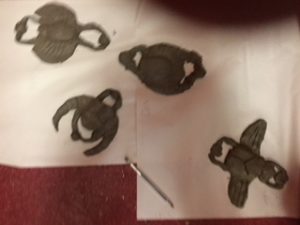

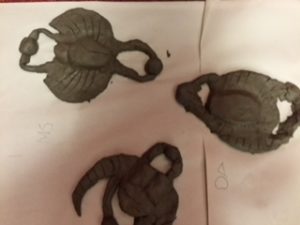
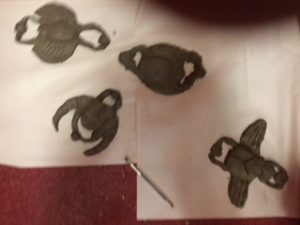
Yeadon Tarn
On Monday, Year 5 went to Yeadon Tarn for would later be described as ‘The best trip ever!’
Inspired by our class novel (Kensuke’s Kingdom) we all had a go at sailing. In the novel, by Michael Morpurgo, the main character and his family set off on a round the world sailing trip. However, one night, the family hit some rough seas and Micheal ends up on a desert island with just dog for company.
When we weren’t learning all about how to catch the wind in our sails on the open water, we were either making an iMovie trailer for our remake of Kensuke’s Kingdom we were writing some water inspired poetry.
All the children and adults had a fantastic day and we’ll continue to reflect on our new experience as we read through our novel.
Here’s some action shots from the day…
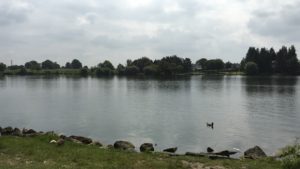
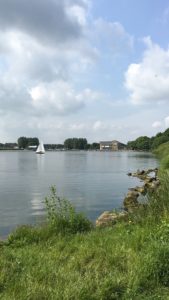
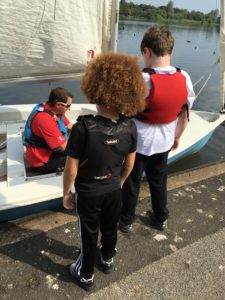
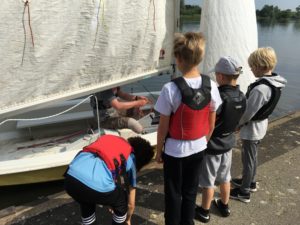
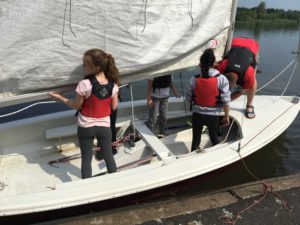
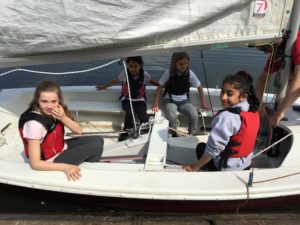
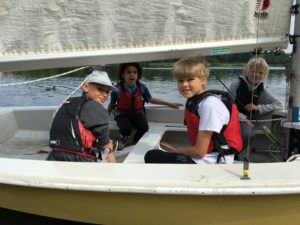
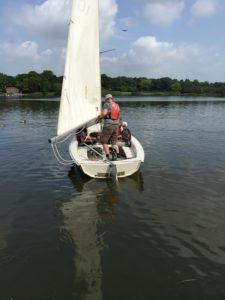
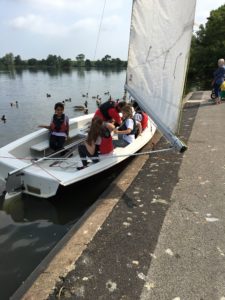
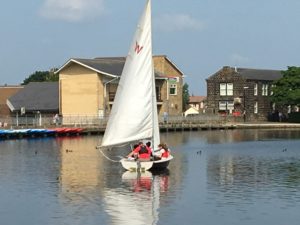
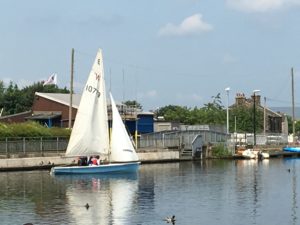
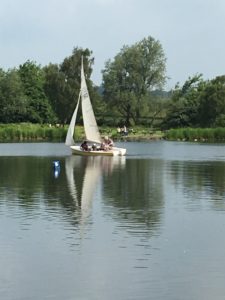
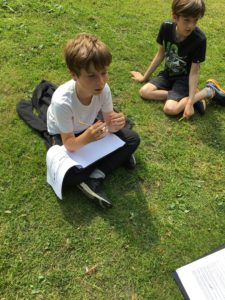
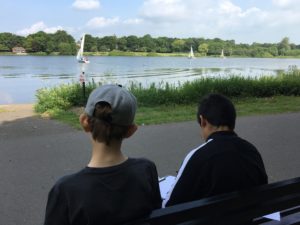

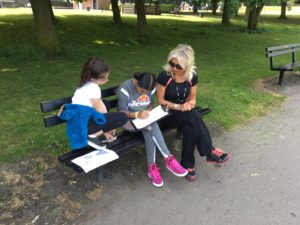
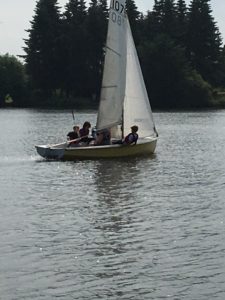
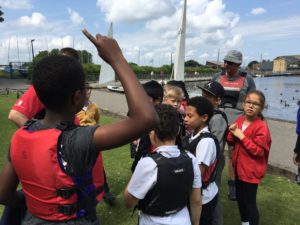
Building 3D shapes
We’ve been learning all about shapes in Year 3, and this week we’ve explored 3D shapes.
Our challenge was to make as many 3D shapes as possible using only spaghetti and marshmallows!
Ask your child to remember and spot some of our shapes using the pictures below:
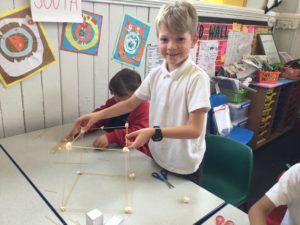
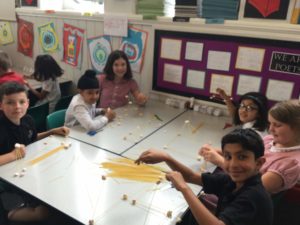
These shapes look familiar…
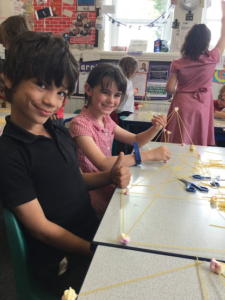
… Where have I seen those before?
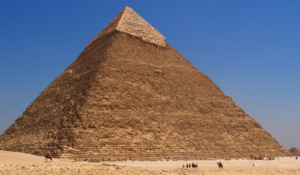
Y6 Residential
Having finally sieved through the many photos we took while on residential, it is finally time to share them with you!
Every single child was a credit to our school both when responding to RobinWood staff and when working with children from our federation schools, Scholes and St James. We had a great time and here are a few snippets and thoughts from the children.
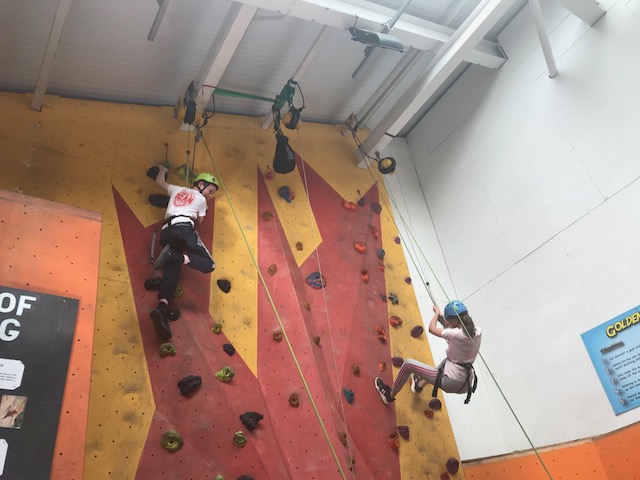
Pippa: Climbing was really fun and the challenge at the end was exciting.
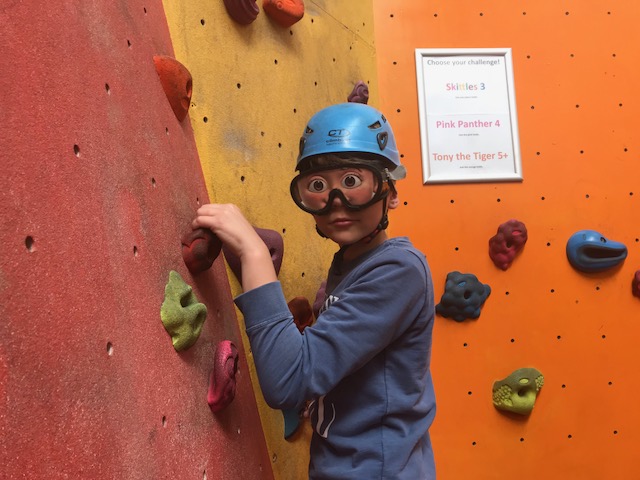
Elias: It was very funny when we were blindfolded because you didn’t know where to grab and you looked cringy.
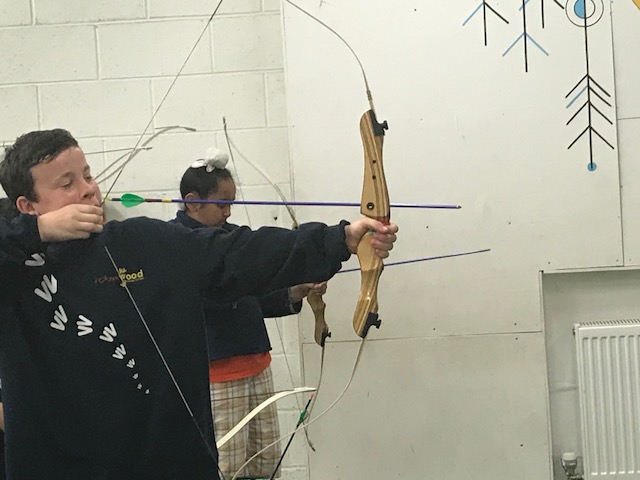
Phoenix: Archery was really fun and we got to learn how to use a real bow and arrow.
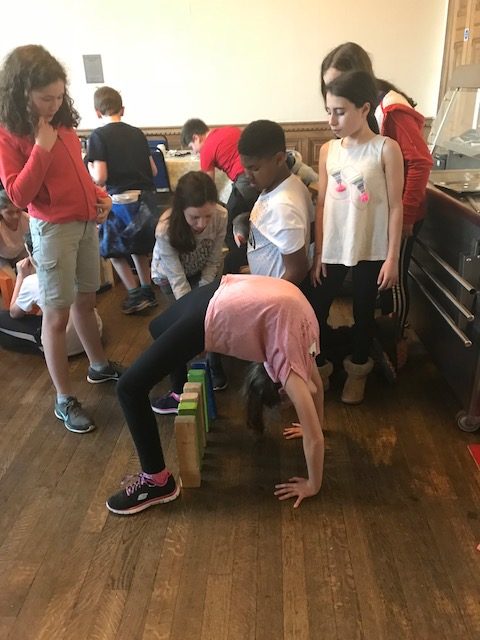
Neive: The evening activities were very fun and helped us build our teamwork.
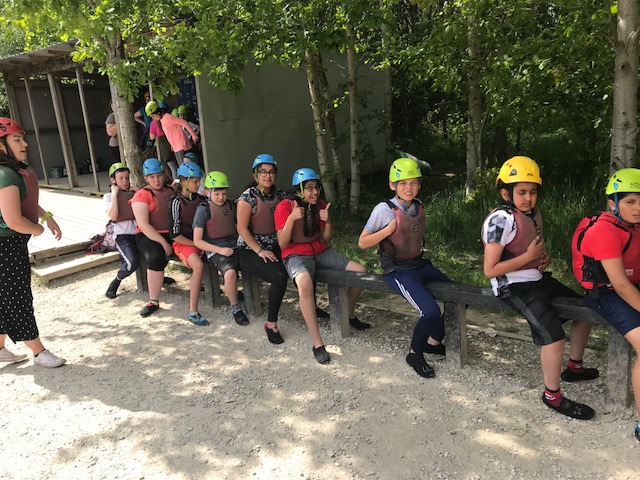
Harry: It was fun canoeing and taught us what to do if we went canoeing again.
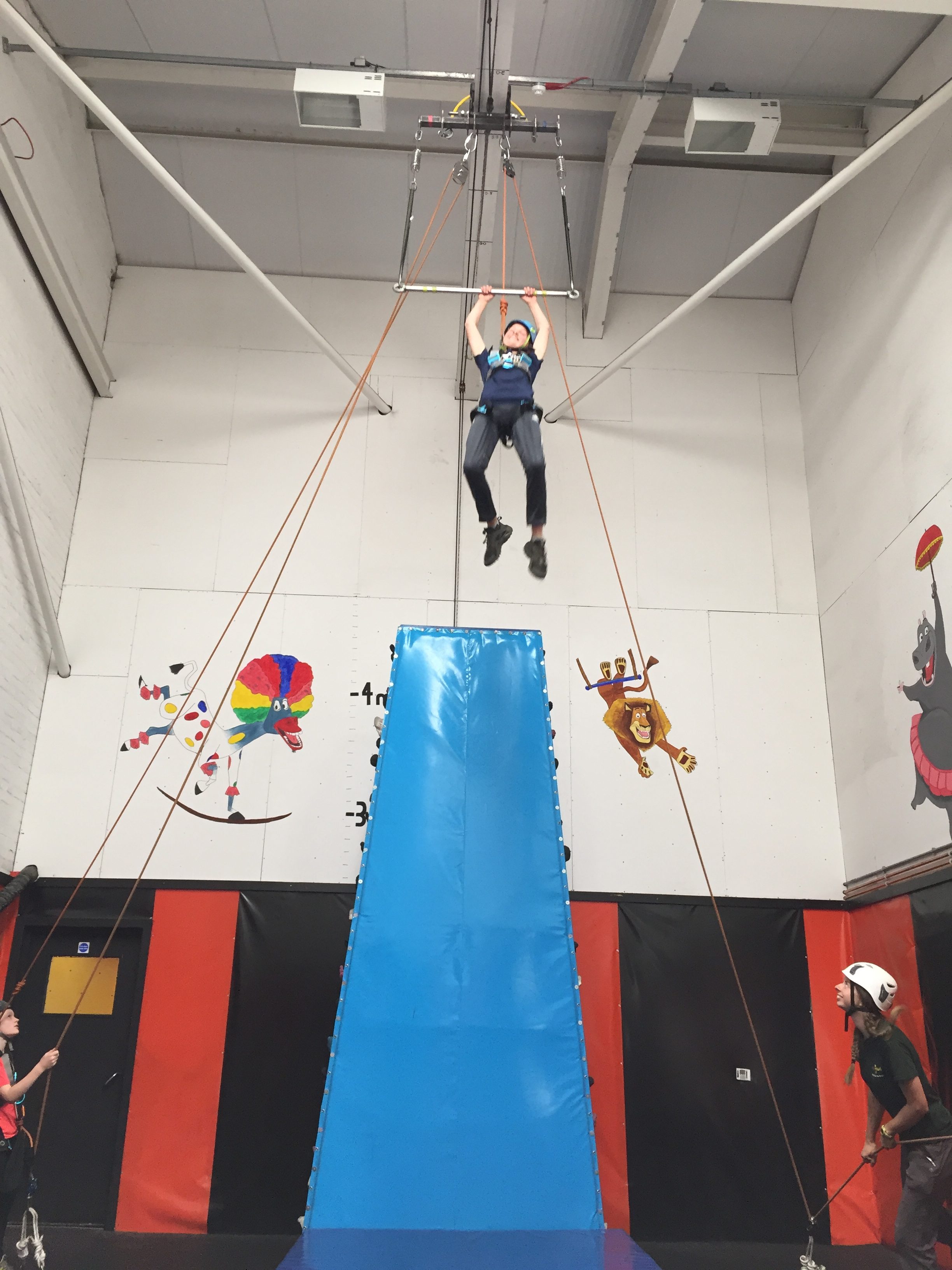
Nishaan: The trapeze was really fun because it was like being in a circus and you could jump to the wire.
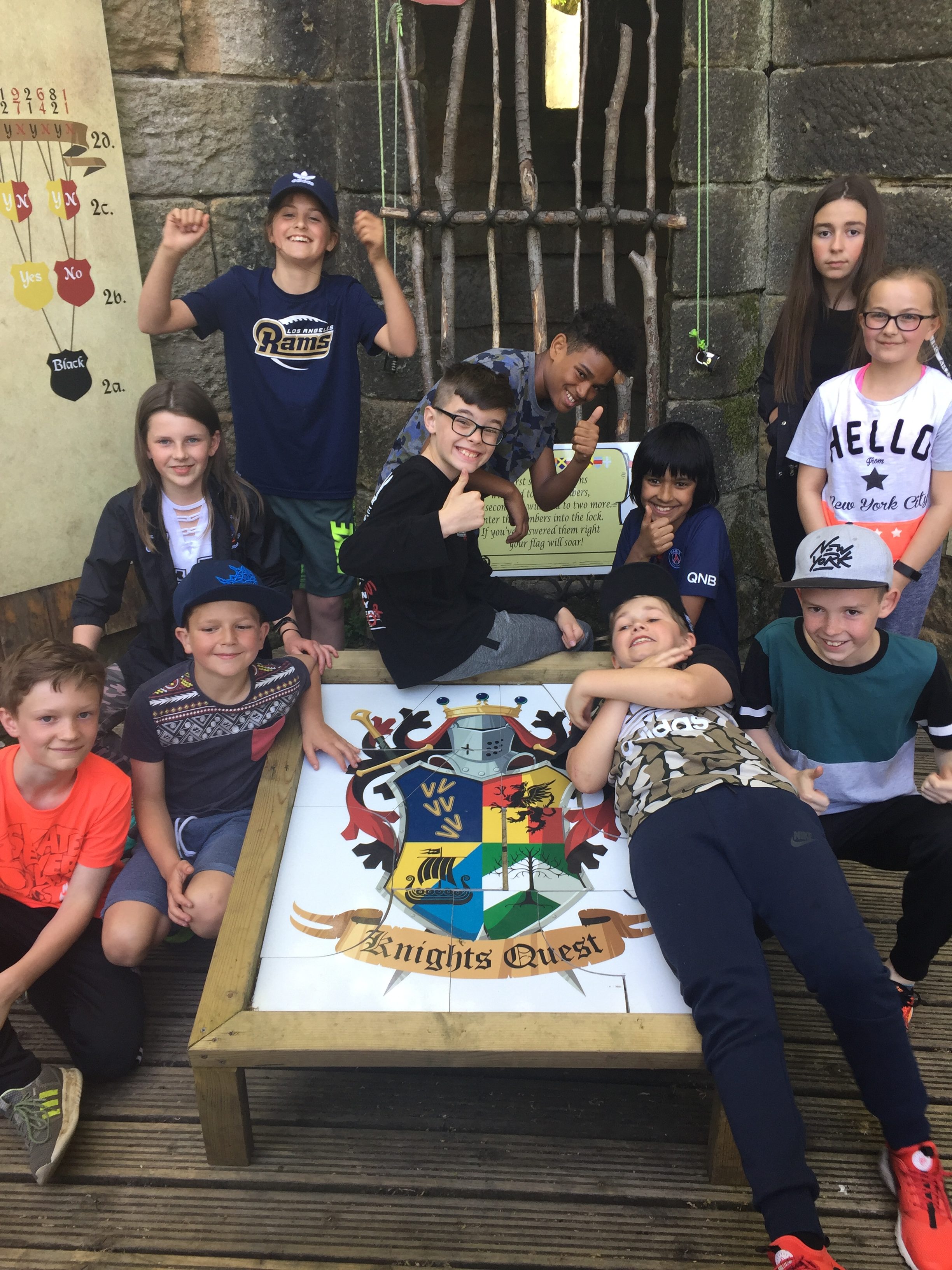
Zack: You had to put a lot of effort into completing the quests and some of the puzzles were extremely hard.
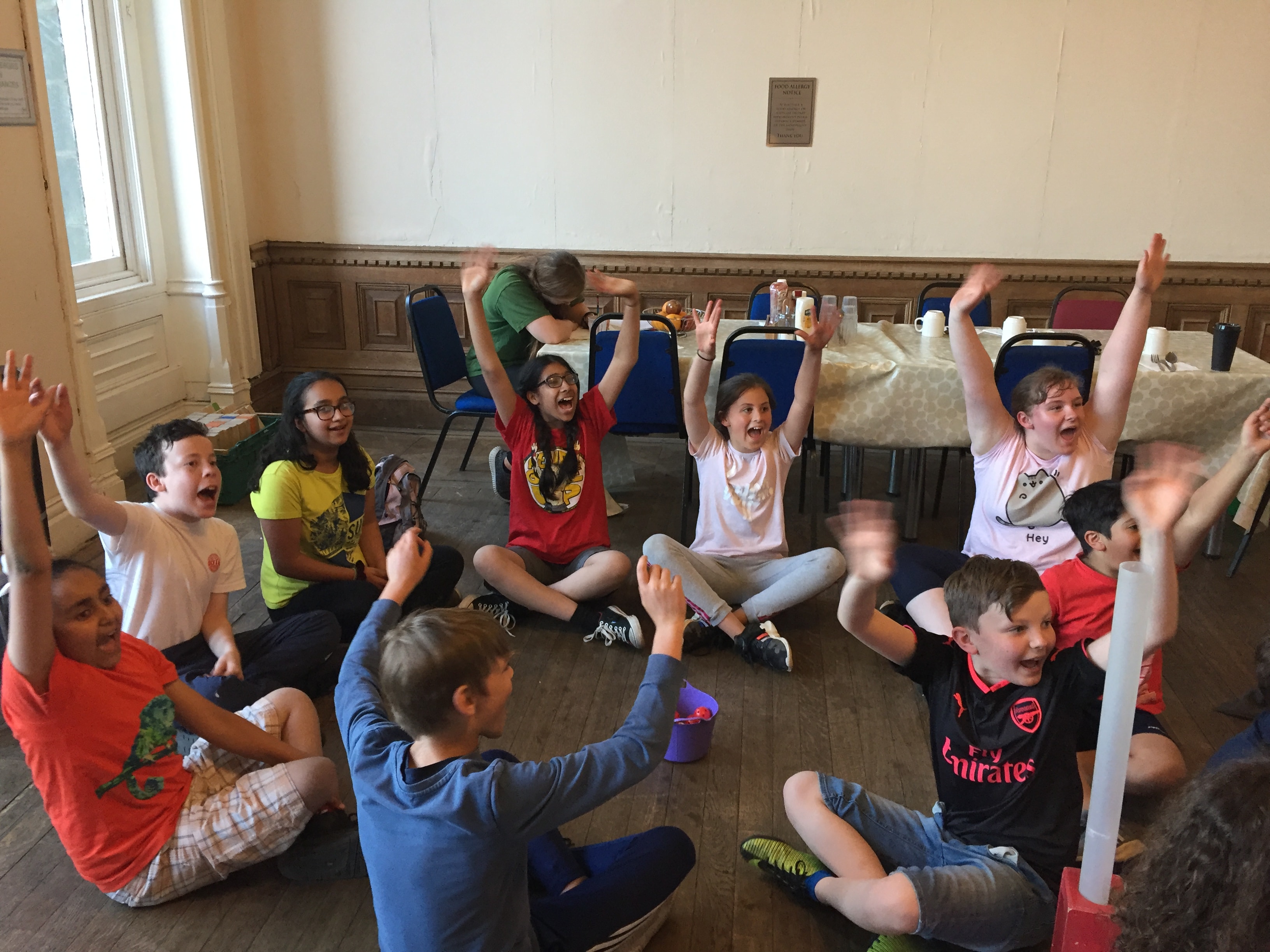
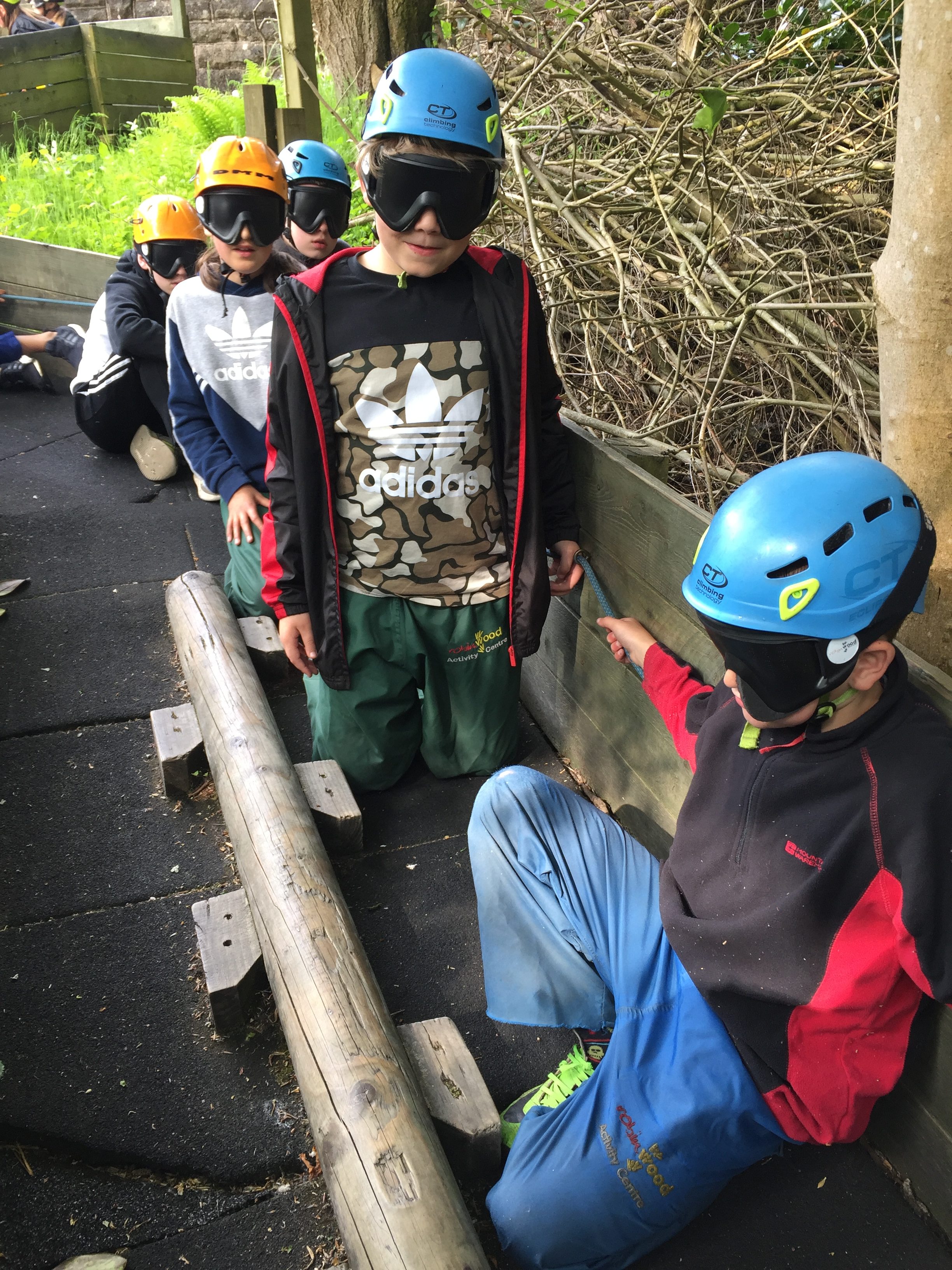
Edward: Night line was really cool because you had to use your senses to navigate around.
Aleena: It hilarious because the squirrels weed on you and tickled you.
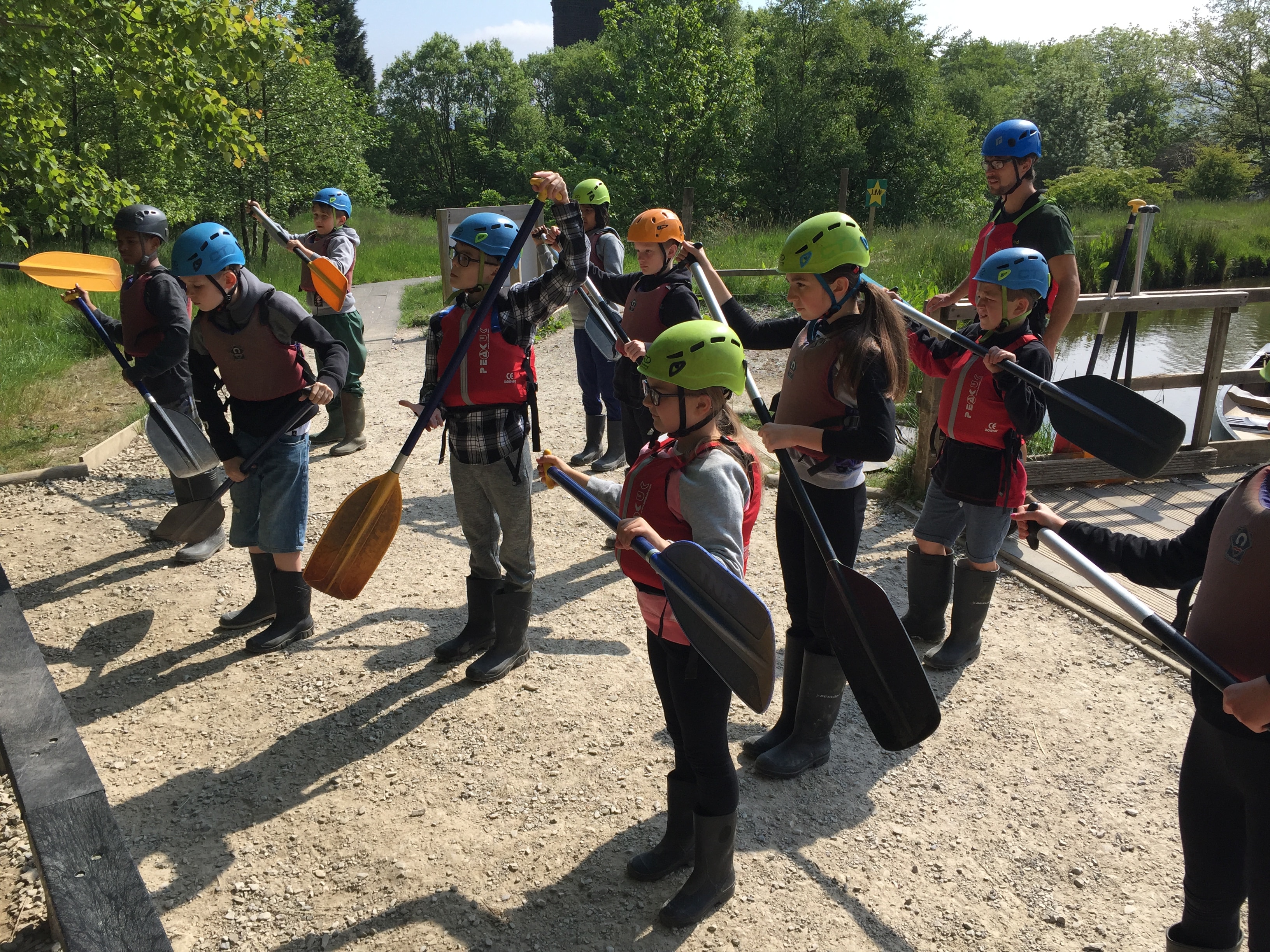
Oliver: The canoeing football was really fun because it was funny when Elias dropped his oar in the water.
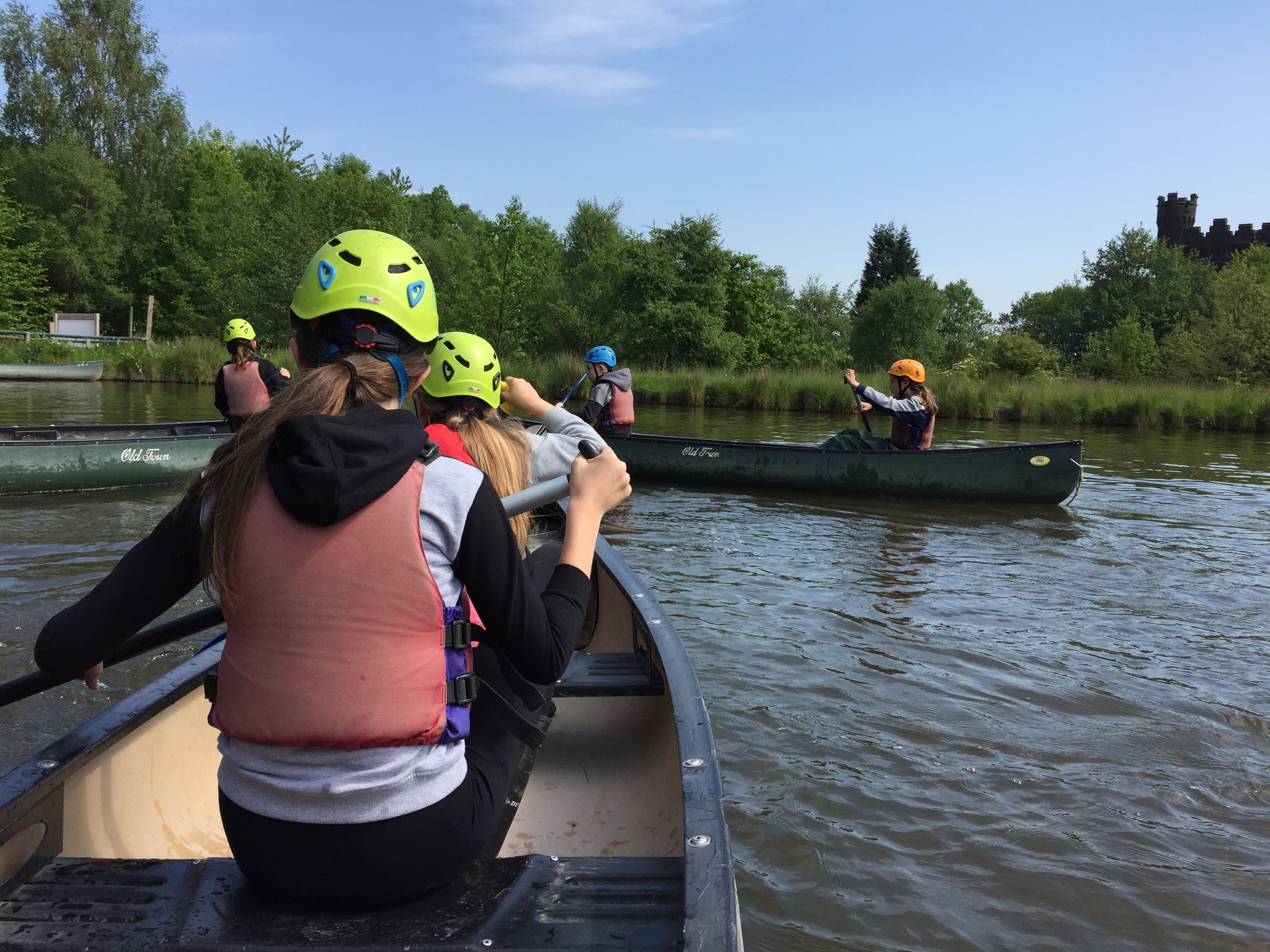
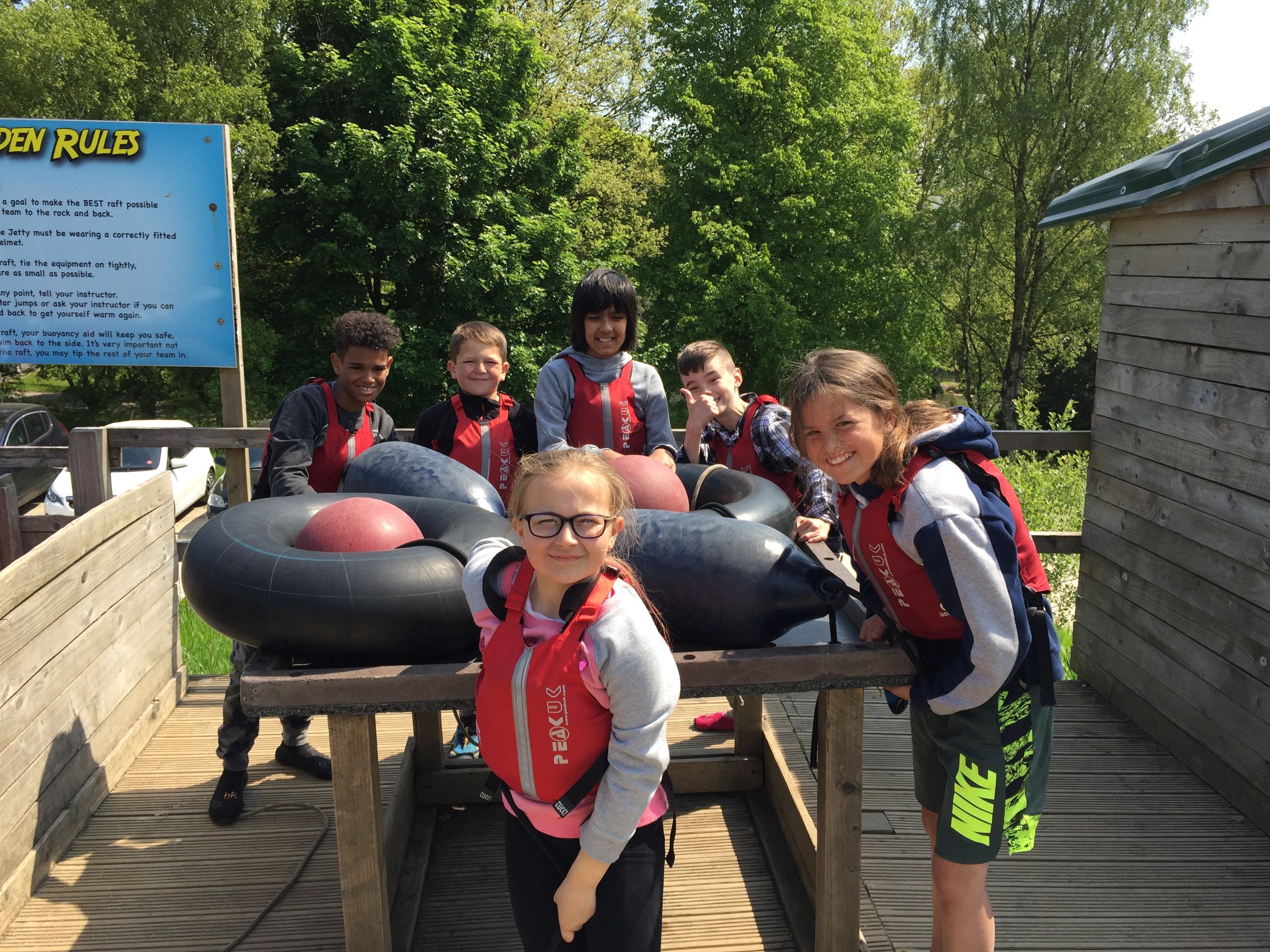
Stan: It was really funny raft building because when they put the raft on the water, ours was sinking slowly. When everyone got on, they all fell off!
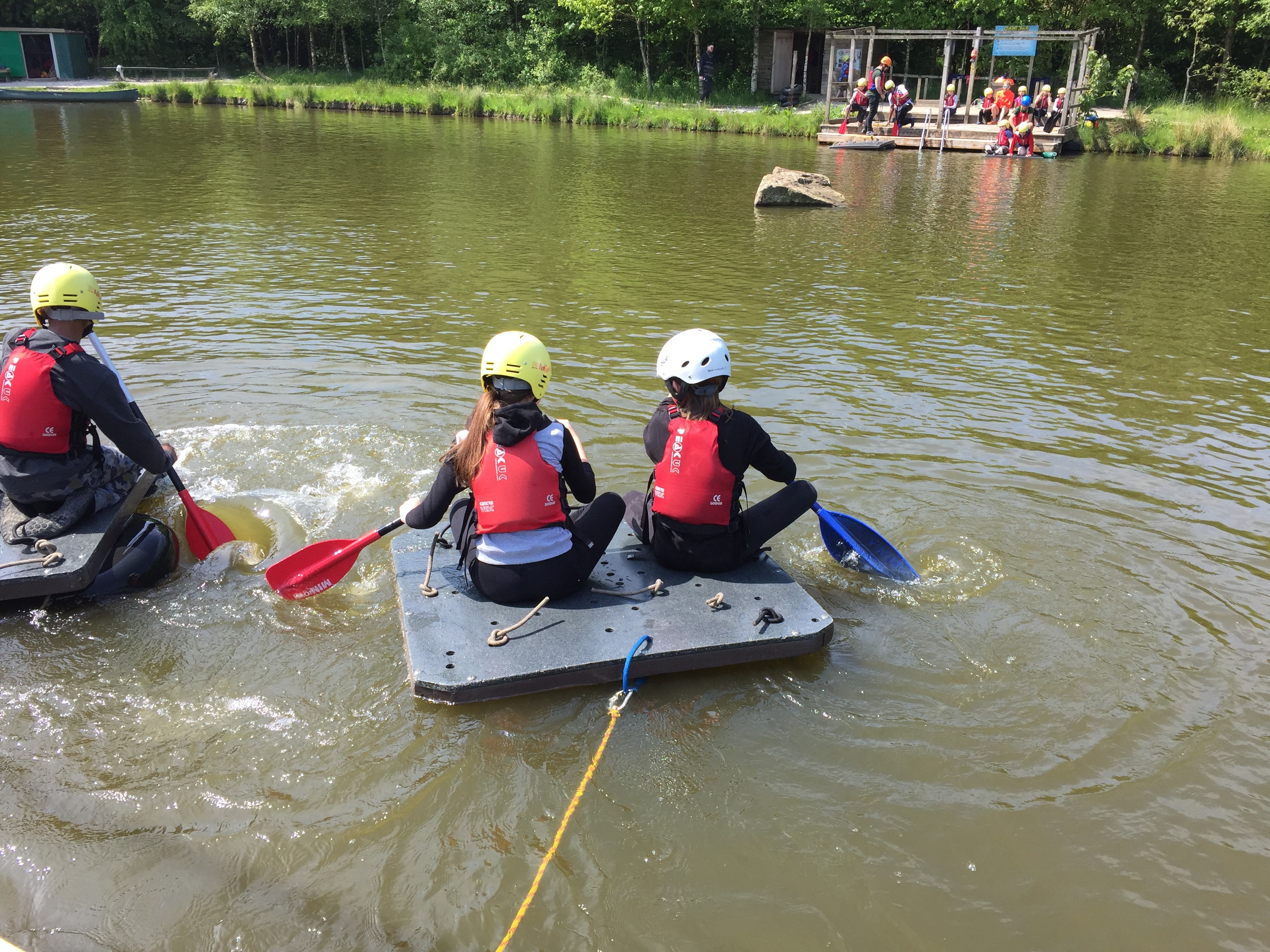
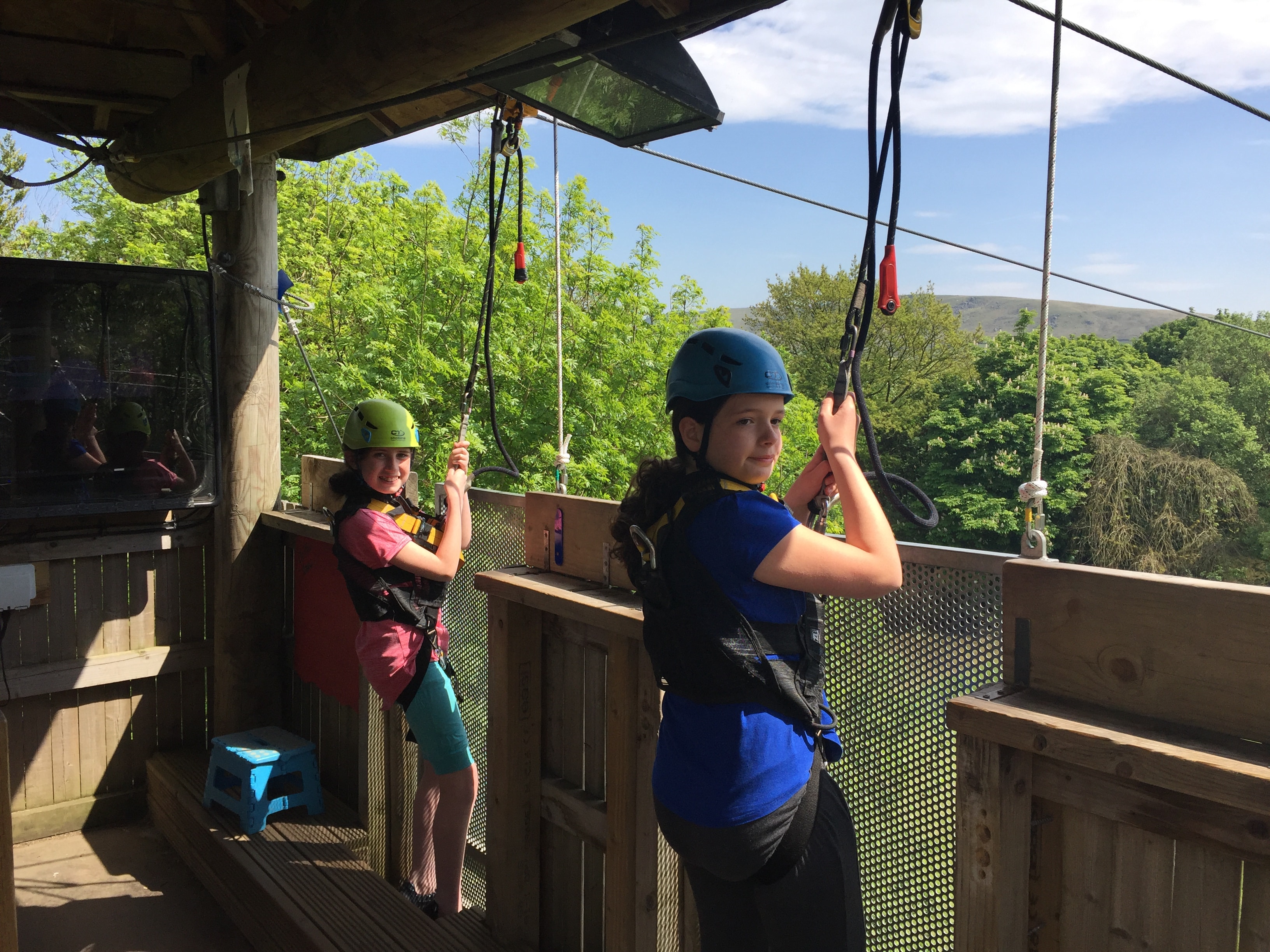
Owen: The dancing challenge was fun and it was a good experience.

Brandon: It was extremely fun because it felt like you were jumping off a really high cliff.

Hibba: Caving was really fun because all the challenges we had to complete were confusing but exciting.
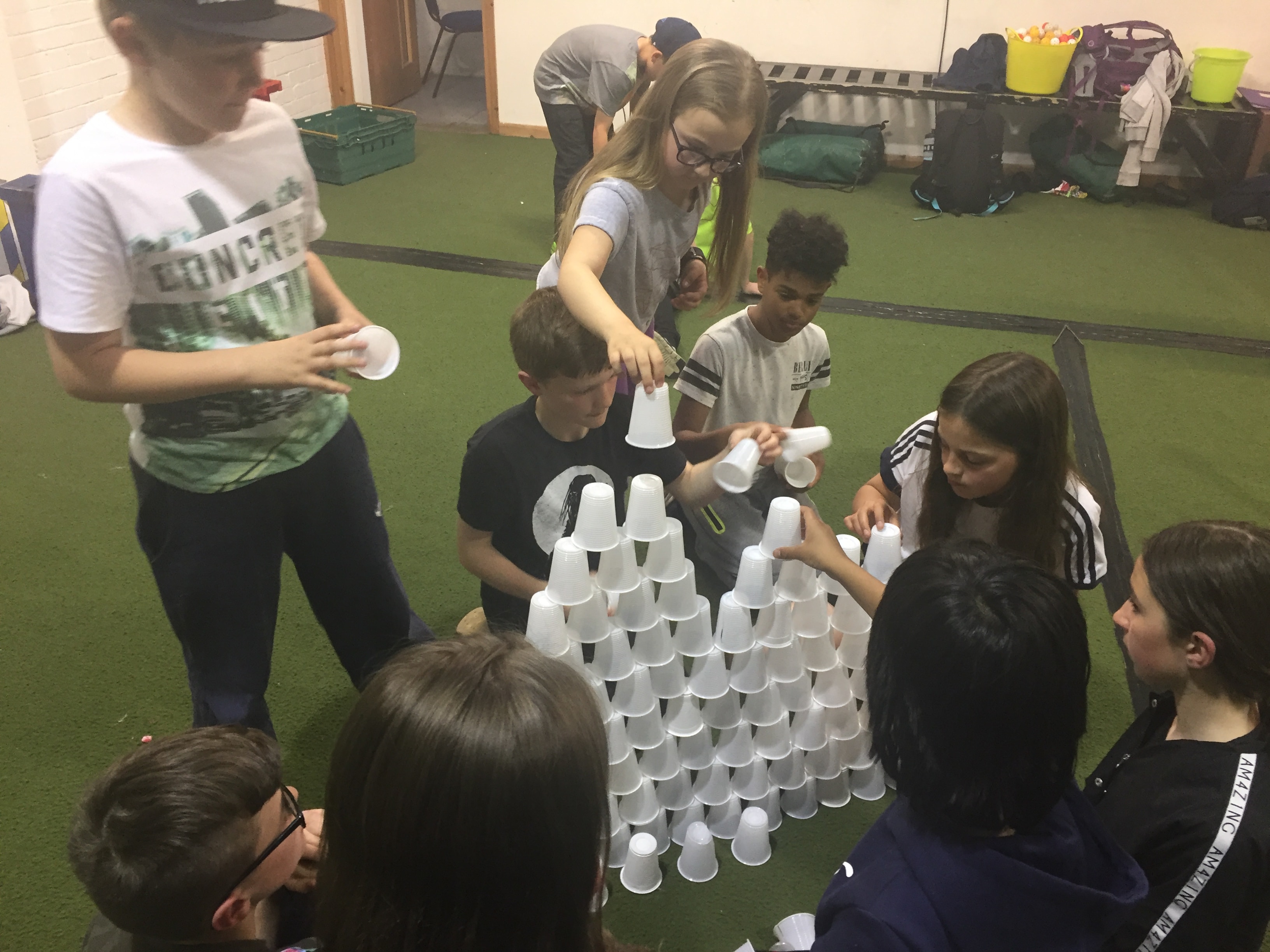
Pippa: The cup challenge was really fun because we got to 12 cups high and we banked it – it was frustrating when they knocked it over though.
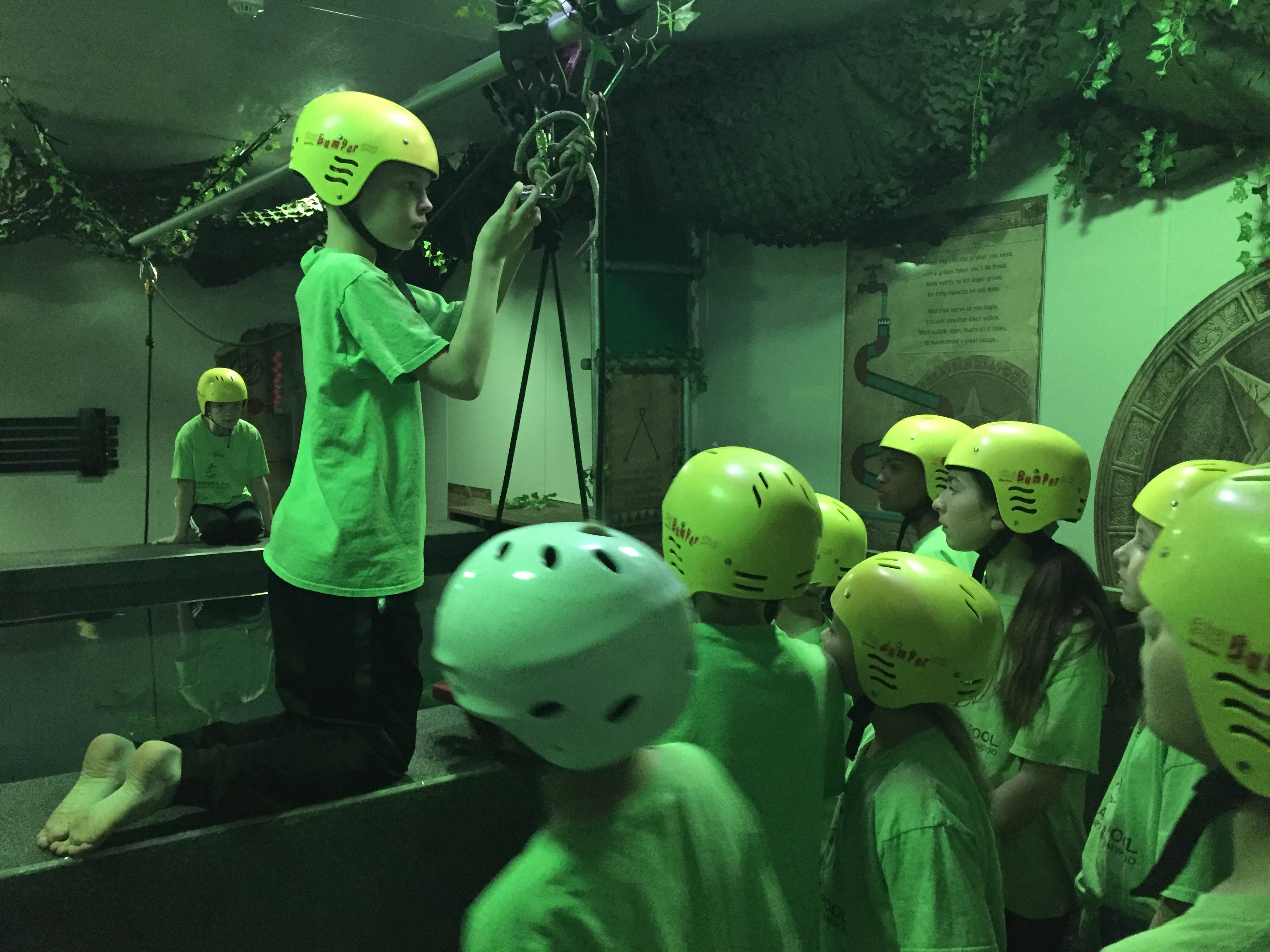
Neive: I think piranha pool was fun because I like solving riddles and getting wet.
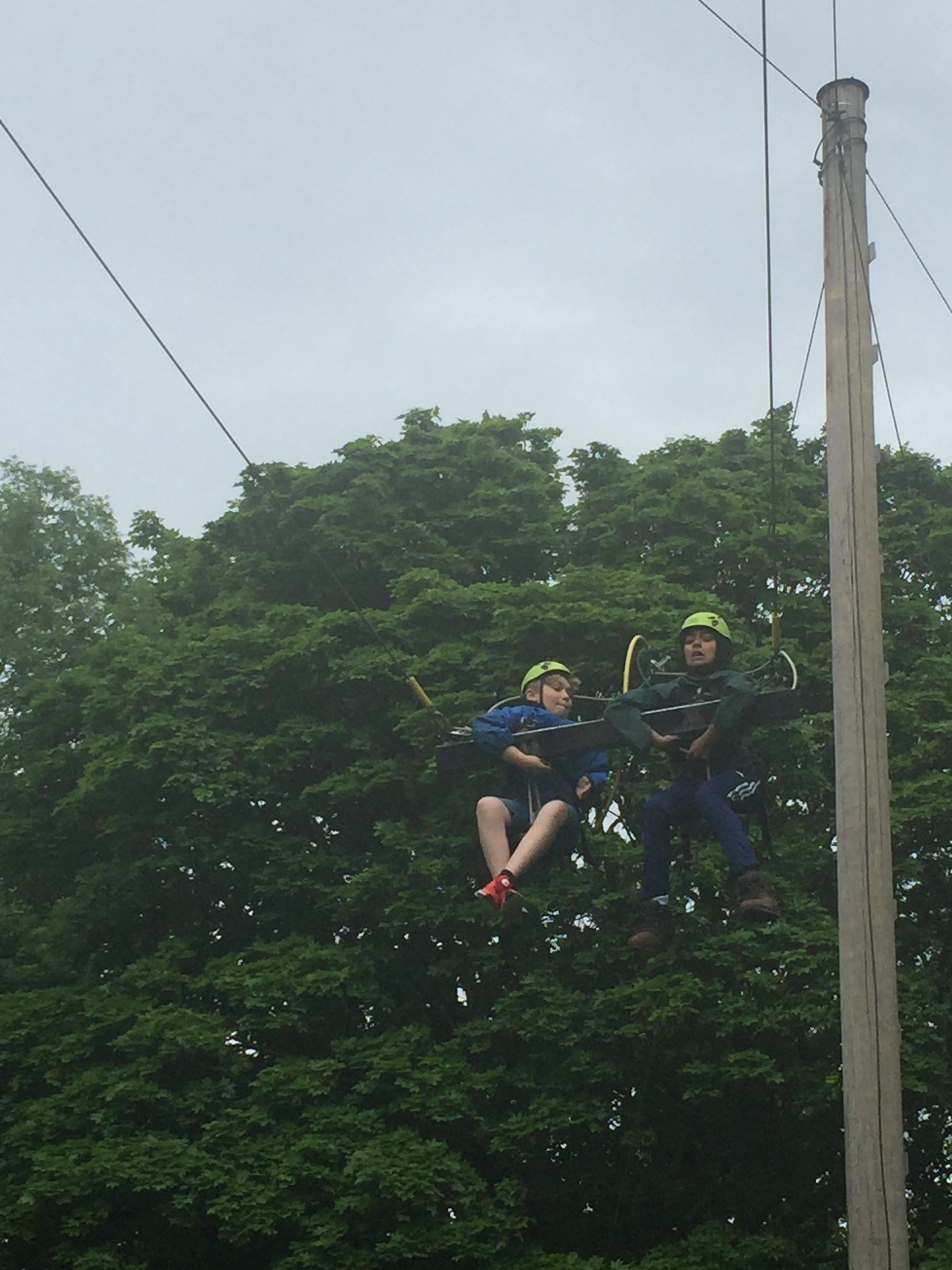
Aleena: It was very nerve wracking but exciting on the giant swing because when you chopped the banana, it was sudden but then it was fun.
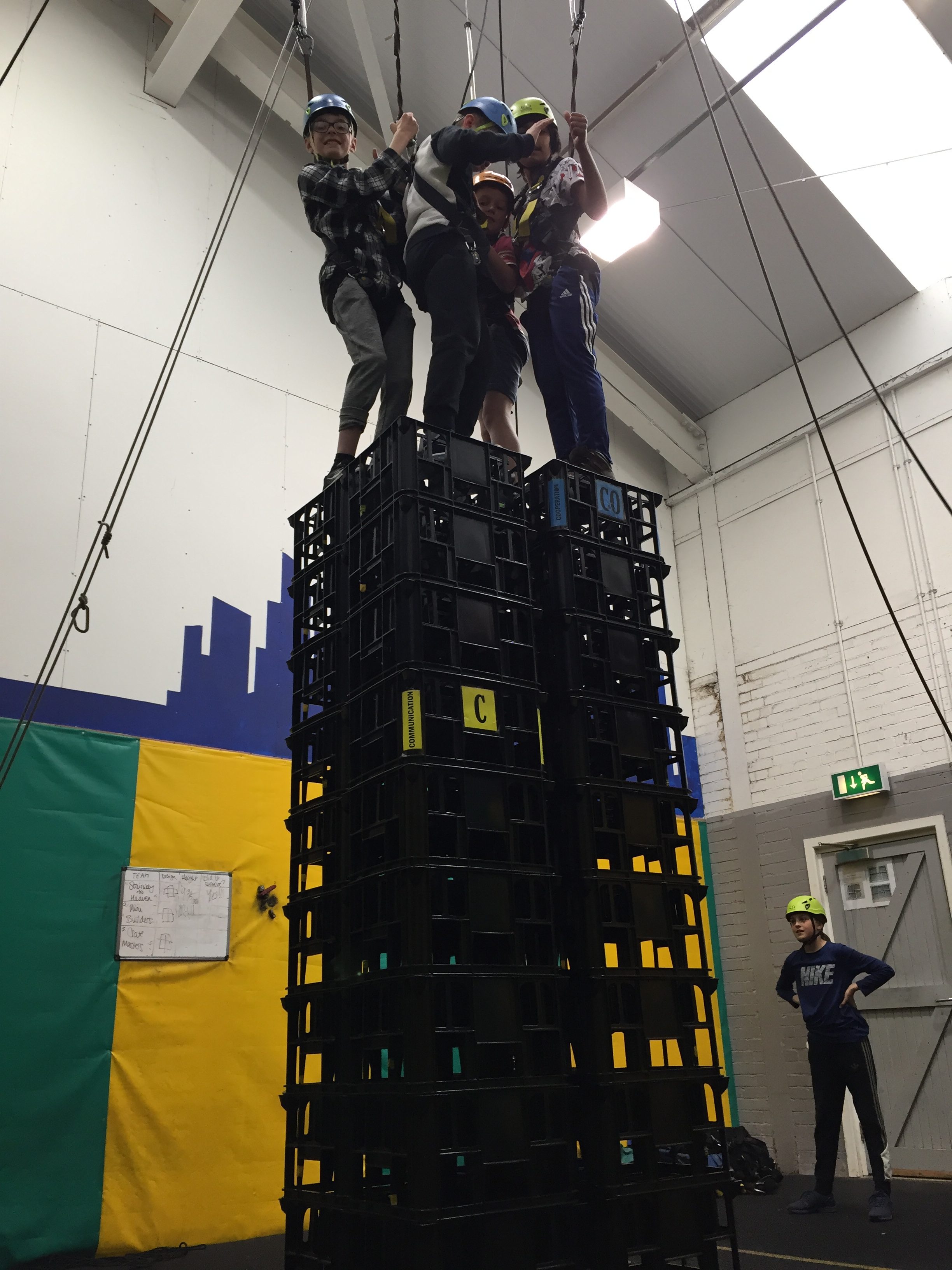
Zack: I think crate challenge was good because it was cool to build a crate tower and not hurt yourself when it fell down.
